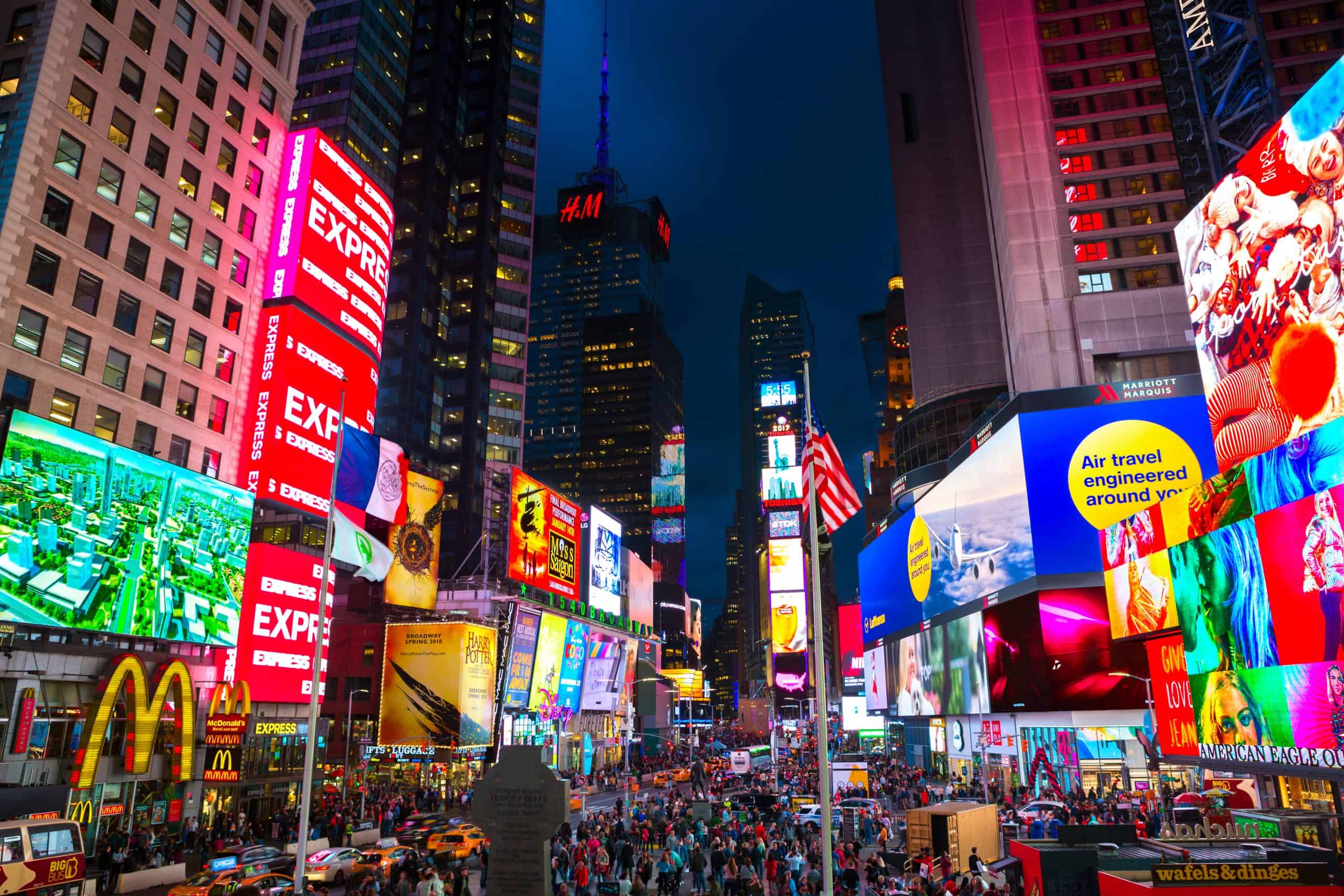Transparent OLED Displays
OLED stands for Organic Light Emitting Diode. OLED displays are self-illuminating and its pixels are made up of organic compounds which eliminate the need for additional backlighting components. Because we are able to exclude unnecessary components, you are able to deliver a custom OLED display that provides your customers with a thin, modern looking display, that provides the flexibility to create diverse and adaptable displays. OLED displays modules provide viewers with an immersive viewing experience with the highest contrast, most vivid and real colors. Depending on what you need, OLED display modules could be much more preferable of a display as opposed to LCD displays. In order to better understand OLED technology, let us give some insight on its alternative: LCD. Within an LCD display lies the source of light emitting onto the screen. This is called a backlight. This can result in even pitch black colors giving off a more brightened appearance. OLED does not use a backlight to illuminate its images. Instead, OLED utilizes the organic compounds within its pixels to produce light all on their own, eliminating luminescence on dark areas of images. The final result leaves the viewer with an eye-popping and breathtaking impression of colors.
OLED is certainly the more dramatic of typical display technology, and its future is certainly bright (pun intended). The use of organic compounds to produce light means this technology has the potential to reengineer how displays are made or observed. One of the most exciting developments in recent years is that this technology is starting to be used to create completely transparent OLED displays; A screen that resembles nothing more than a clear glass window can emit moving pictures from what looks like out of thin air!
Our E3 Displays team has expertise in every type of display technology, whether big or small. We will help you choose or design the display that best fits your needs, while always keeping quality and budget in mind. Here at E3 Displays, we specialize in custom displays use our product selection guide today to get started on your project today!
Common Applications for OLED Displays

Mobile Phones

Wearable Device

Digital Signage
Benefits of OLED Displays
Ultra Low Power Consumption
As a leading OLED screen manufacturer and supplier, we took the focus away from the technology and redirected it towards your goals. Custom OLED displays do not require a backlight, battery power is not being drained on display lighting. OLED have optimum battery life and continuous reliability for extended use, so you’re not limited by the potential of your display.
No Backlight Required
Backlit displays drain battery life and distort the true colors of the imagery. Custom OLED displays are self illuminating, so they do not require a backlight which greatly improves the display quality and battery life.
Flexible and Lighter than Traditional LCDs
Not all displays are on a level playing field. Transparent OLED displays do not require as many components as traditional LCDs, they are some of the thinnest, lightest, and most portable displays in the market. OLED technology can create displays that mold and curve around any space to capture your audience where you need it most.
Real Colors
OLED makes images come alive. There is no backlight. Each pixel emits its own visible light as a result they can display deep black levels and true white colors. This creates unmatched contrast and resolution that creates the most realistic and accurate viewing experience that showcases your ideas exactly how you imagined and created them.
Superior Viewing Angles
Transparent OLED display can be seen by everyone, everywhere. OLED screens reflect less light and display true colors, OLEDs display the same high quality image at an uninterrupted, symmetrical, 170° × 170°, viewing angle.
Extended Temperature Range
Heat dissipation is the key to measuring display performance. The heat generated by the operation of the display is dissipated through optical material and is not blocked by insulating air layers. By filling the insulating air gap between the components, heat can be transferred to the outside.

